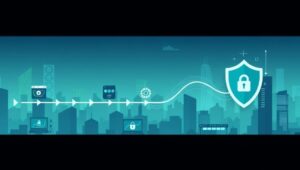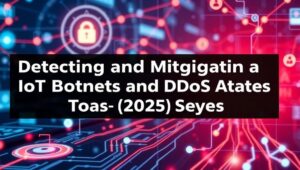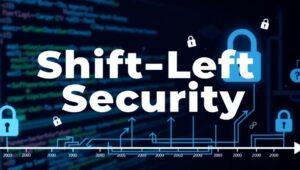May 26, 2025
The Role of AI in Enhancing IoT Security (2026)
The Growing Threat Landscape of IoT in 2026 The Internet of Things (IoT) has expanded exponentially, connecting billions of devices ranging from smart home appliances to industrial sensors. While this interconnectedness offers unprecedented convenience and efficiency, it also creates a vast attack surface for malicious actors. In 2026, the threat landscape has evolved, with attackers leveraging sophisticated techniques to exploit vulnerabilities in IoT devices and networks. Common threats include: DDoS Attacks: IoT devices are often used to launch distributed denial-of-service (DDoS) attacks, overwhelming target servers with massive traffic. Data Breaches: Sensitive data collected by IoT devices can be compromised, leading












